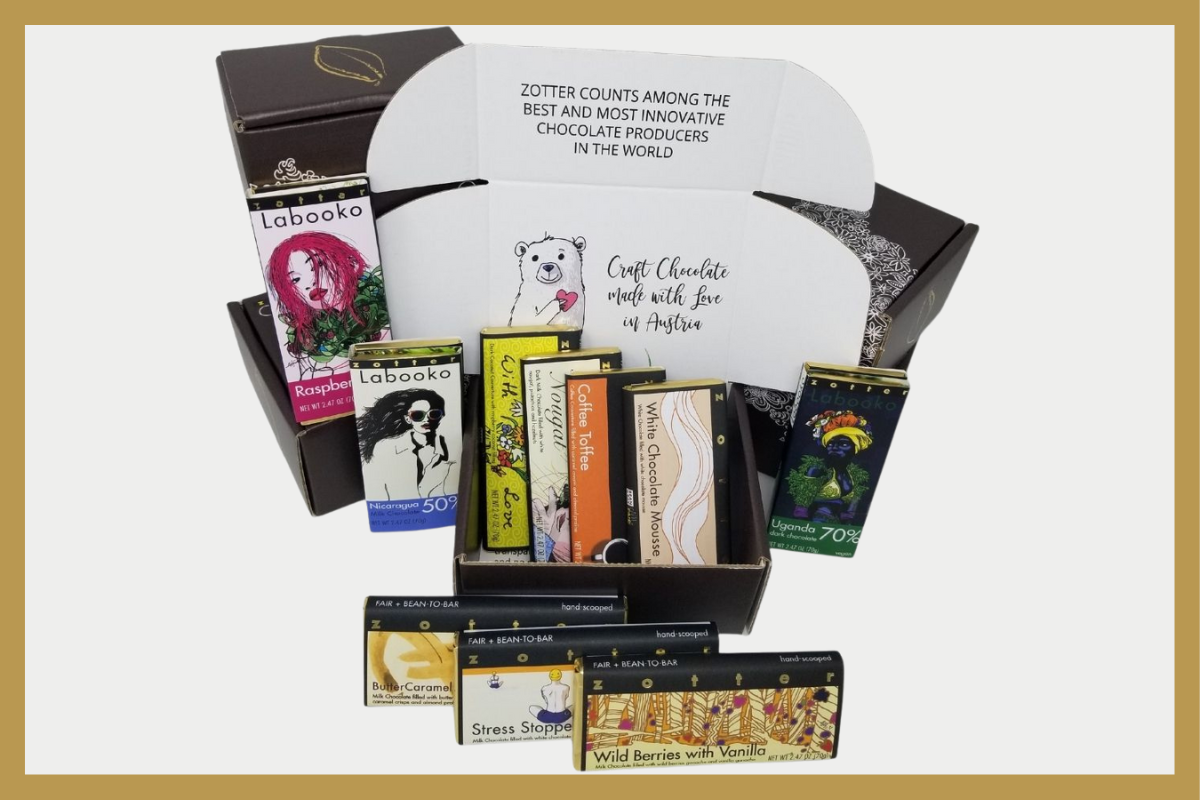White chocolate is often a topic of debate among chocolate lovers and health enthusiasts alike. One question that frequently arises is whether white chocolate contains caffeine. Understanding the components of white chocolate and its nutritional profile can help clarify any misconceptions.
In this blog post, we’ll explore the mysteries surrounding white chocolate, its ingredients, and whether or not it contains caffeine. We’ll also discuss its health benefits, how it compares to other types of chocolate, and some delicious ways to enjoy it. Let’s dive into the world of white chocolate!
What is White Chocolate?
White chocolate is a confectionery made from cocoa butter, sugar, and milk solids. Unlike other chocolates, white chocolate does not contain cocoa solids, which are responsible for the dark color and rich flavor of milk and dark chocolates. The absence of cocoa solids is what gives white chocolate its creamy, ivory appearance.
The primary ingredients in white chocolate include:
- Cocoa Butter: The fat extracted from cocoa beans, gives white chocolate its smooth texture.
- Sugar: Adds sweetness to balance the creamy flavor.
- Milk Solids: Provide a rich, creamy taste and contribute to the texture.
How is Zotter White Chocolate different?
Many companies make white chocolate by blending cocoa butter, sugar, milk solids, milk fat, and lecithin. However, you would be surprised to know that some products labeled as white chocolate are made with palm oil, vanilla flavoring, and other low-quality ingredients that are harmful to your health.
At Zotter we make white chocolate using 35% cocoa butter. This gives a natural pale yellow hue to our white chocolate, reflecting the quality of the cocoa butter we use. We also incorporate premium Bourbon vanilla, enhancing the flavor and the color of ur white chocolate.
How is White Chocolate Made?
The process of making white chocolate starts with harvesting cocoa beans. These beans are then fermented, dried, roasted, cracked, and milled to get cocoa liquor (also called cocoa mass) to then press and extract the cocoa butter.
The cocoa butter is blended with sugar and milk solids to create a smooth, homogeneous mixture. This mixture is then poured into molds and cooled to form solid white chocolate bars or shapes.
The absence of cocoa solids is the key difference between white chocolate and other types of chocolate. While milk and dark chocolates contain both cocoa butter and cocoa solids, white chocolate relies solely on the creamy texture and mild flavor of cocoa butter.
Does White Chocolate Contain Caffeine?
The short answer is no, white chocolate does not contain caffeine. Caffeine is found in the cocoa solids, which are absent in white chocolate. Since white chocolate is made only from cocoa butter, it lacks the components that contain caffeine.
In contrast, milk chocolate and dark chocolate both contain cocoa solids, which means they do have caffeine. The amount of caffeine varies depending on the percentage of cocoa solids present. Dark chocolate typically has a higher caffeine content than milk chocolate due to its higher cocoa solid concentration.
Nutritional Profile of White Chocolate
White chocolate is often viewed as a decadent treat, but it’s essential to understand its nutritional profile. A typical serving of white chocolate (about 1 ounce) contains:
- Calories: Approximately 150-170 calories
- Fat: Around 8-10 grams, primarily from cocoa butter
- Sugar: Roughly 15-18 grams, contributing to its sweet taste
- Milk Solids: Adds to the protein and calcium content
While white chocolate is a source of energy and provides some essential nutrients, it is also high in sugar and fat. It’s best to enjoy it in moderation as part of a balanced diet.
Health Benefits of White Chocolate
While white chocolate may not offer the same health benefits as dark chocolate, it does have some positive aspects worth mentioning:
- Source of Antioxidants: Cocoa butter contains antioxidants, which can help combat oxidative stress and support overall health.
- Mood Enhancer: The creamy, sweet flavor of white chocolate can boost mood and provide comfort, making it a delightful treat.
- Bone Health: The milk solids in white chocolate contribute to calcium intake, supporting bone health.
However, it’s important to remember that white chocolate should be consumed in moderation due to its high sugar and fat content.
Delicious Ways to Enjoy White Chocolate
White chocolate’s creamy texture and sweet flavor make it a versatile ingredient in various culinary creations. Here are some delightful ways to enjoy white chocolate:
- White Chocolate Bark: Melt white chocolate and spread it on a baking sheet. Add your favorite toppings like nuts, dried fruits, or crushed cookies. Allow it to cool and break it into pieces for a tasty treat.
- White Chocolate Mocha: Add a piece of white chocolate to your hot coffee and stir until melted. Top with whipped cream for an indulgent beverage.
- White Chocolate Truffles: Combine melted white chocolate with cream and flavorings like vanilla or almond extract. Roll into balls and coat with cocoa powder or crushed nuts.
- White Chocolate-Dipped Strawberries: Dip fresh strawberries into melted white chocolate and allow them to set. This elegant dessert is perfect for special occasions.
Ethical Considerations
When selecting white chocolate, it’s essential to consider the ethical aspects of its production. Look for brands that support fair trade practices and sustainable sourcing of cocoa butter. Supporting ethical brands ensures that farmers receive fair wages and work in safe conditions, contributing to a more sustainable and equitable chocolate industry.
At Zotter, we craft all our chocolates using ethically sourced ingredients, prioritizing sustainability. Enjoy our chocolates guilt-free, knowing they are made with care for both you and the planet.
Conclusion
White chocolate is a delightful treat that offers a unique flavor and texture experience. While it does not contain caffeine, it provides a creamy, sweet indulgence that many people enjoy. Understanding its composition, health benefits, and ways to enjoy it can help you appreciate this confection even more.
Whether you’re a white chocolate enthusiast or curious to try it for the first time, we hope this guide has provided you with valuable insights.
Want to Learn More About Chocolate and Experience Chocolatey Goodness?
Embark on a sensory journey with Zotter Chocolates, where every piece is a testament to the soulful essence of Bean-To-Bar, organic, and fair trade practices. Savor the results of 30+ years of passionate craftsmanship, as each bite whispers tales from Austria’s heartlands.
Let the unique and distinct flavors of our chocolates embrace your senses, reminding you of the love and dedication poured into every piece. Our diverse range boasts approximately 170 different varieties, offering something to satisfy every palate.
Will your next favorite white chocolate be, perhaps the classic “White Chocolate”, with its rich sweetness liked by kids and adults alike? Join us in the pursuit of chocolate perfection, where every piece is a piece of joy, waiting to be discovered.


